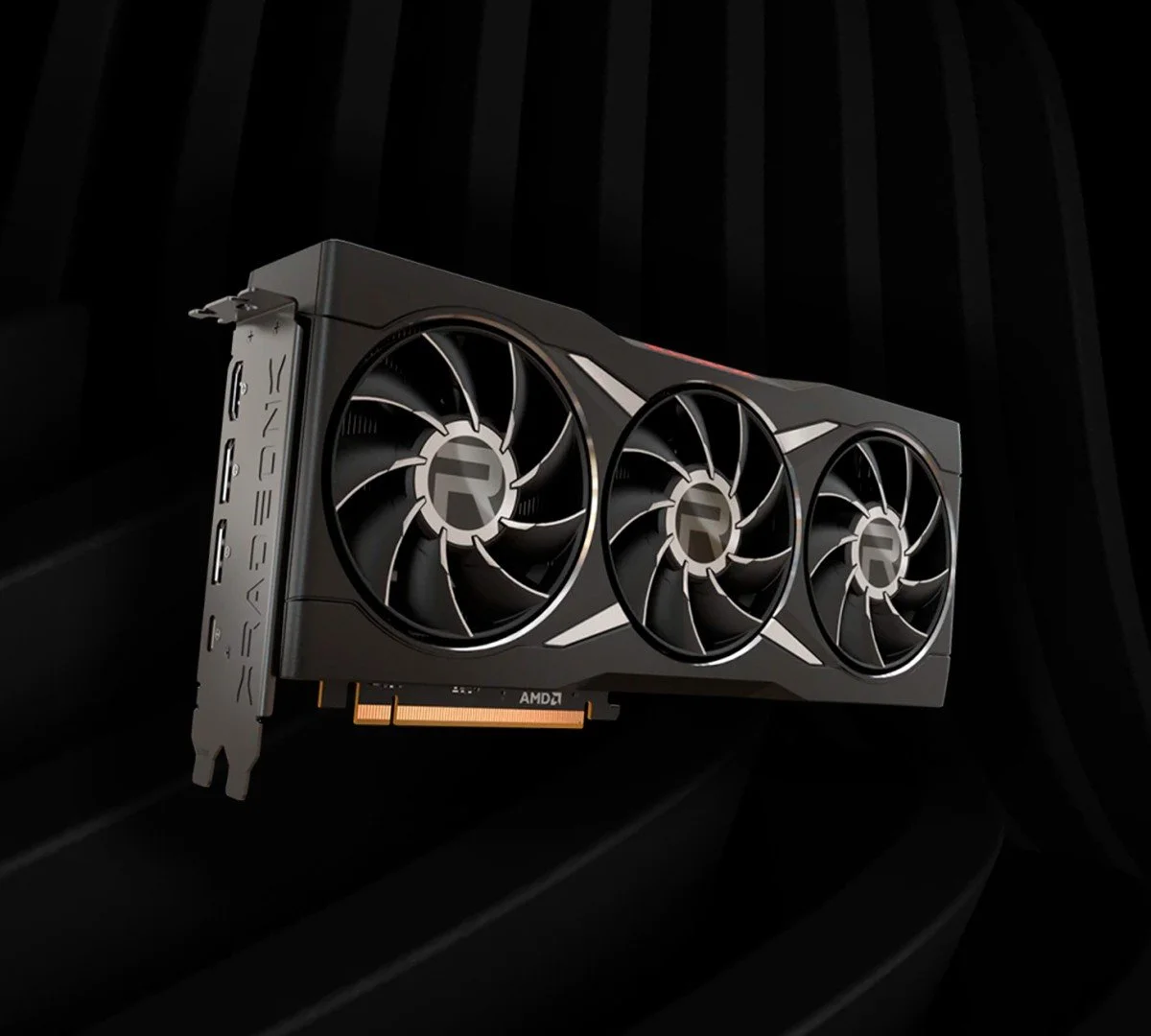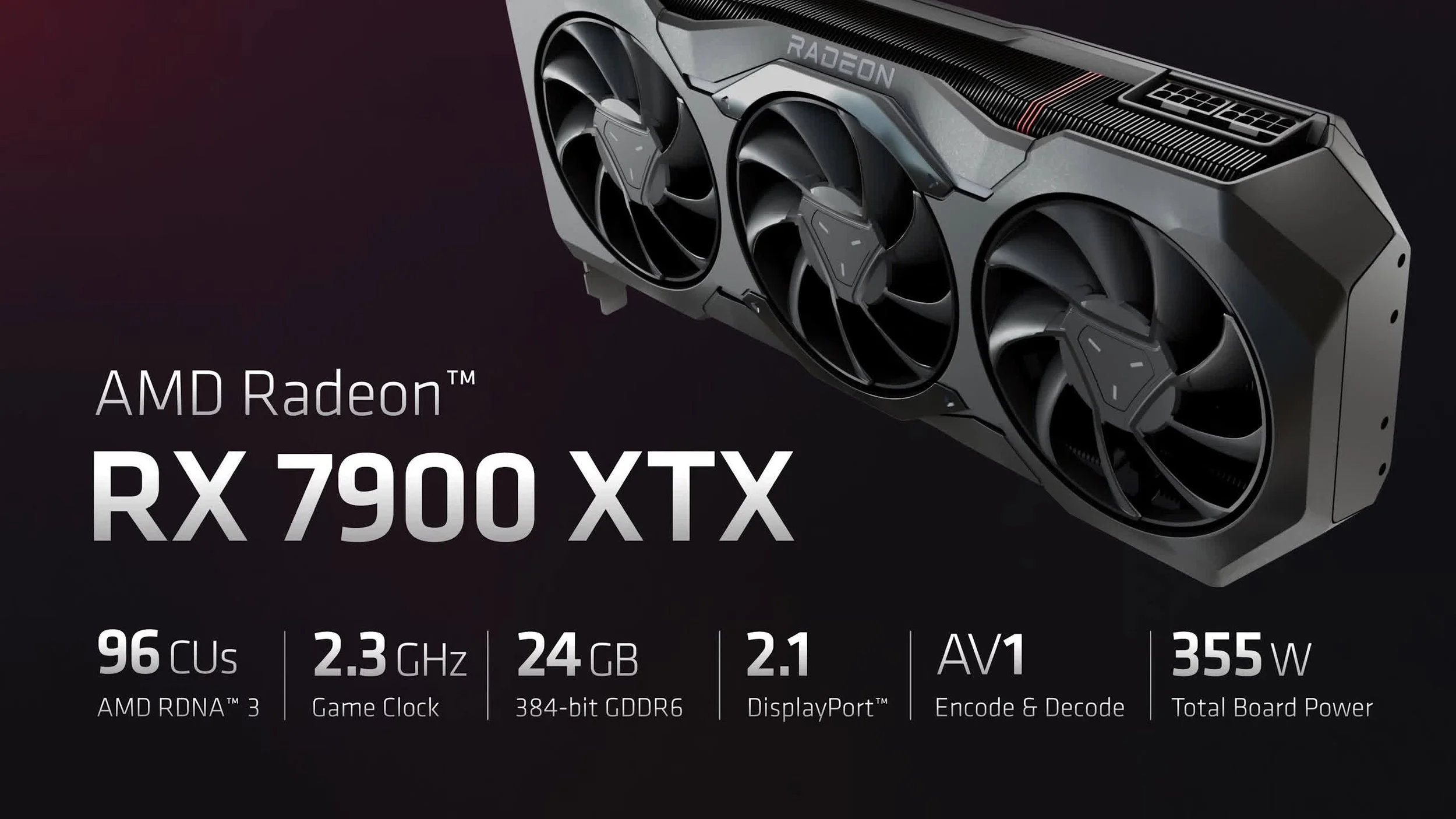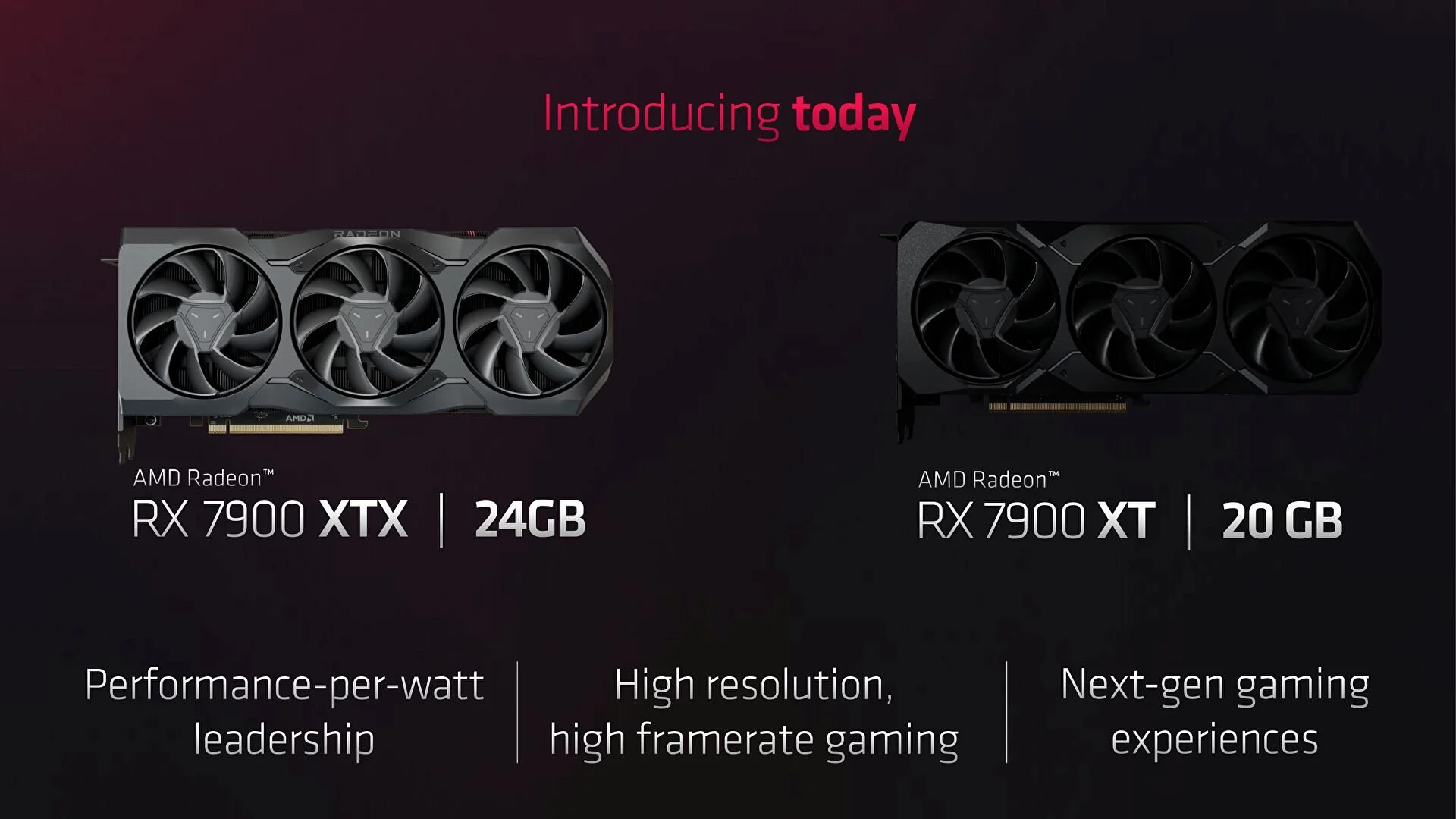Hardware Breakdown Presents: Radeon RX 7900 XTX Graphics Card
Last week, AMD revealed the new RX 7000 series graphic cards at their RDNA 3 launch event, which comes a few weeks after Nvidia launched its new RTX 4000 series graphics cards. The RX 7900 XTX is the flagship variant of the two cards revealed at the event, with some compelling features that require further examination in this latest installment of hardware Breakdown.
Let's outline key selling point features and components in the RX 7900 XTX graphics card.
An in-depth look at the GPU
The inner components of the Navi 31 GPU are pretty interesting. The chip die is large, measuring 308 mm, having over 58,000 million transistors, over 6144 shading units, and 384 texture mapping units. The overall clock speed of the RX 7900 graphics card goes as follows: 1900 MHz base clock, 2505 game clock, and 2505 boost clock, 2500 MHz memory clock.
The GDDR6 Memory
GDDR6 is the standard memory type with all graphics. Also standard is 16GB memory capacity. However, the 7900 XTX graphics card has a substantial memory( memory overkill) of up to 24GB. In addition, having a 384-bit bandwidth speed measuring 960 GB/s GB/s.
The actual bard design
The board that houses the GPU is vast, measuring almost 12 inches in length ( actually, it's 11.3 inches) and 5.3 inches in width. The graphics card uses 355 watts TDP, so the recommended power supply needed is 750 watts, which aligns with what I would recommend for any user. Much like the RTX 4090, the RX 7900 XTX uses a 2 x 8-pin connector total of 16.






